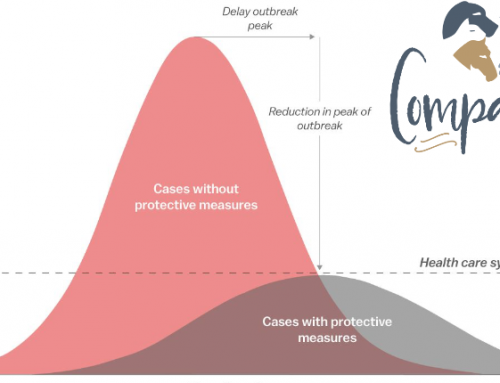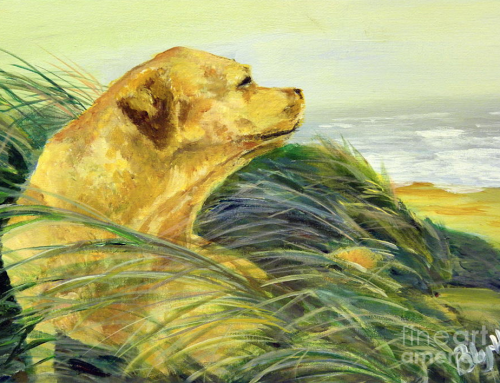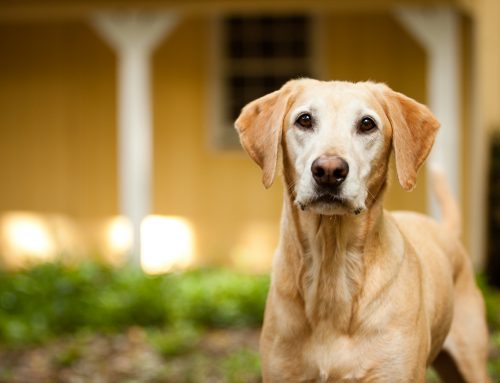Parents are certainly aware that children, as they grow physically and emotionally, react differently as they grow in age. A toddler that loses a toy reacts differently than a teenager that loses a personal item. The same premise applies to grief – a younger child understands and reacts differently to the loss of a pet than a teenager would.
Here’s an informal understanding of how differently children react to losing a pet:
Under 2: A child can feel and respond to a pet’s death, based on the reaction of those around him or her. A child picks up the stress felt by family members, no matter what the cause.
2 to 5: The child will miss the animal as a playmate, but not necessarily as a love object. They will see death as a temporary state – something like the way leaves fall off a tree in fall but grow back in the spring. As they perceive the trauma around them, however, they may regress in their behavior (e.g., thumb sucking).
5 to 9: Children begin to perceive death as permanent, but they may indulge in “magical thinking,” believing that death can be defied or bargained with. This is also the period when children recognize a correlation between what they think and what happens. For instance, a child may resent taking care of the pet and wish – however briefly – that the pet would die. If the pet then dies, the child is often consumed with guilt. Parents need to reassure children that they did not cause the pet’s death.
10 and up: Children generally understand that all living things will eventually die, and that death is total. Understanding and accepting are two different things, however. They may go through the normal stages of grief that grownups do: denial, bargaining, anger, guilt, depression and acceptance. (To learn about the stages of grief, see the story Coping with Pet Loss.) Or they may react in other ways:




